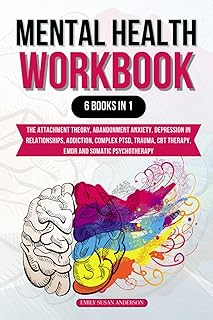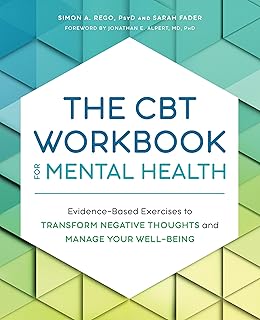Adolescence is a critical period marked by physical, emotional, and social changes that can make young people vulnerable to mental health issues. Globally, around one in seven adolescents experiences mental disorders, with depression, anxiety, and behavioral disorders being prevalent. Suicide ranks as the third leading cause of death among 15-29-year-olds, emphasizing the urgent need to address mental health concerns in this age group.
Failure to address adolescent mental health conditions can have long-lasting consequences, impacting both physical and mental well-being in adulthood and hindering opportunities for a fulfilling life. Factors such as exposure to adversity, pressure to conform with peers, and exploration of identity can contribute to stress during adolescence, highlighting the importance of protective and supportive environments in families, schools, and communities.
Adolescents with mental health conditions are at a higher risk of social exclusion, discrimination, and stigma, which can lead to educational challenges, risk-taking behaviors, and other health issues. Emotional disorders, including anxiety and depression, are prevalent among adolescents, affecting school attendance and social interactions. Behavioral disorders like ADHD and conduct disorder can impact education and increase the risk of criminal behavior.
Eating disorders, such as anorexia nervosa and bulimia nervosa, often emerge during adolescence, particularly affecting girls. These disorders can have severe physical and mental health consequences, including an increased risk of suicide. Psychosis, characterized by hallucinations or delusions, can also manifest during late adolescence, impairing daily functioning and leading to stigma.
Suicide, a significant concern among adolescents, is influenced by various risk factors like alcohol abuse, childhood trauma, and barriers to accessing care. Risk-taking behaviors, such as substance use and violent behavior, are common among adolescents and can have lasting effects on mental and physical well-being.
To address adolescent mental health, promotion and prevention interventions are crucial. These initiatives aim to enhance emotional regulation, build resilience, and create supportive social environments. Early detection and treatment of mental health conditions are essential, emphasizing non-pharmacological approaches and respecting adolescents’ rights.
The World Health Organization (WHO) is actively involved in developing strategies and programs to support adolescent mental health. Initiatives like the Helping Adolescents Thrive (HAT) Initiative focus on promoting mental health, preventing self-harm, and addressing risk behaviors. WHO also provides training and guidance for educators to promote mental health in schools and offers evidence-based clinical protocols for managing mental health conditions in non-specialized care settings.
By prioritizing adolescent mental health and implementing comprehensive strategies, societies can support young people in navigating the challenges of adolescence and promote their well-being into adulthood.
📰 Related Articles
- Youth Report Urges Action on Mental Health and Education
- Wearing Quality Lingerie for Mental Health and Self-Empowerment
- WNSWLHD Relocates Mental Health Services for Bathurst Hospital Redevelopment
- Unreleased Australian Climate Report Reveals Urgent Need for Action
- Thierry Henry Opens Up About Mental Health Struggles






